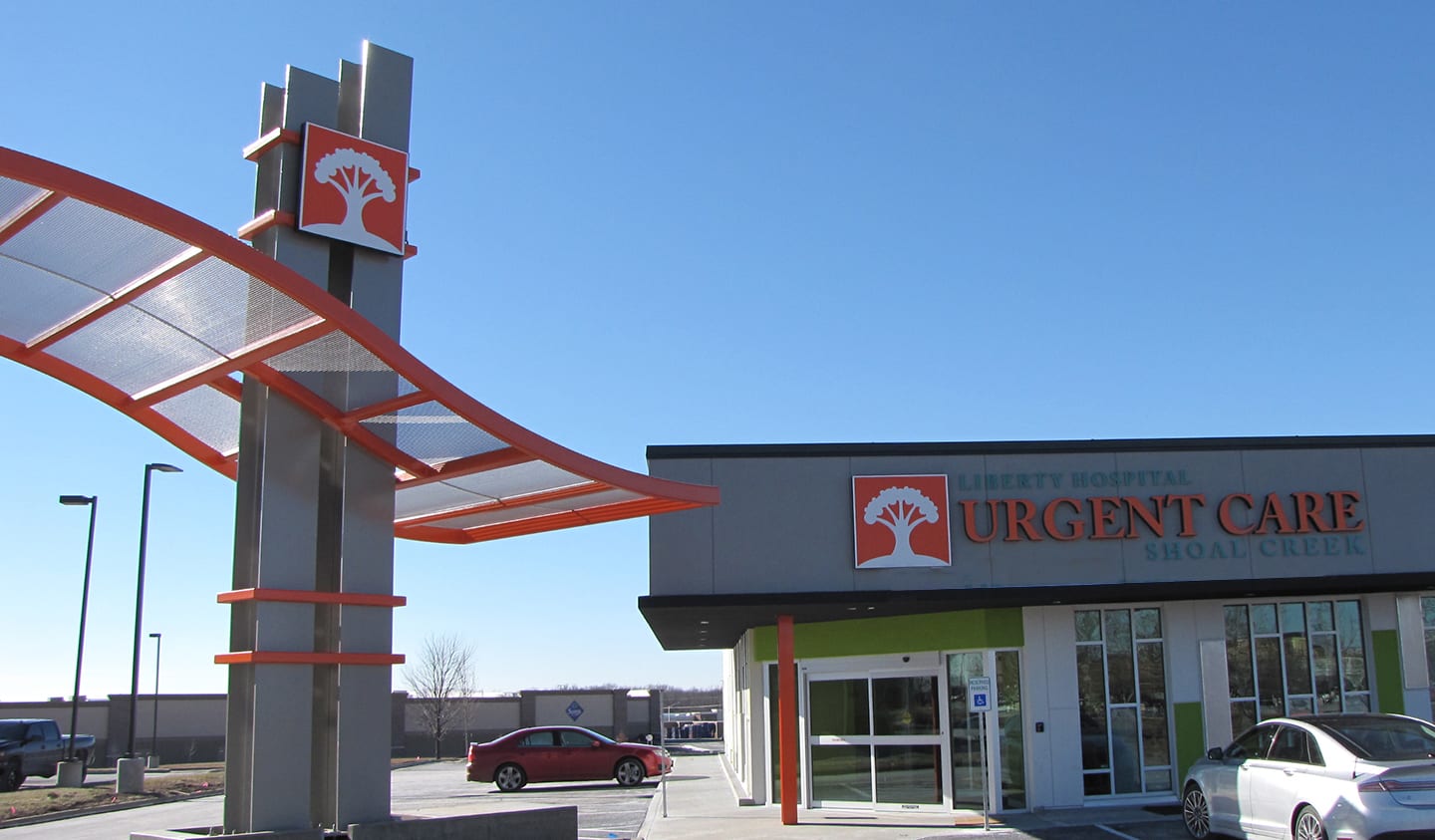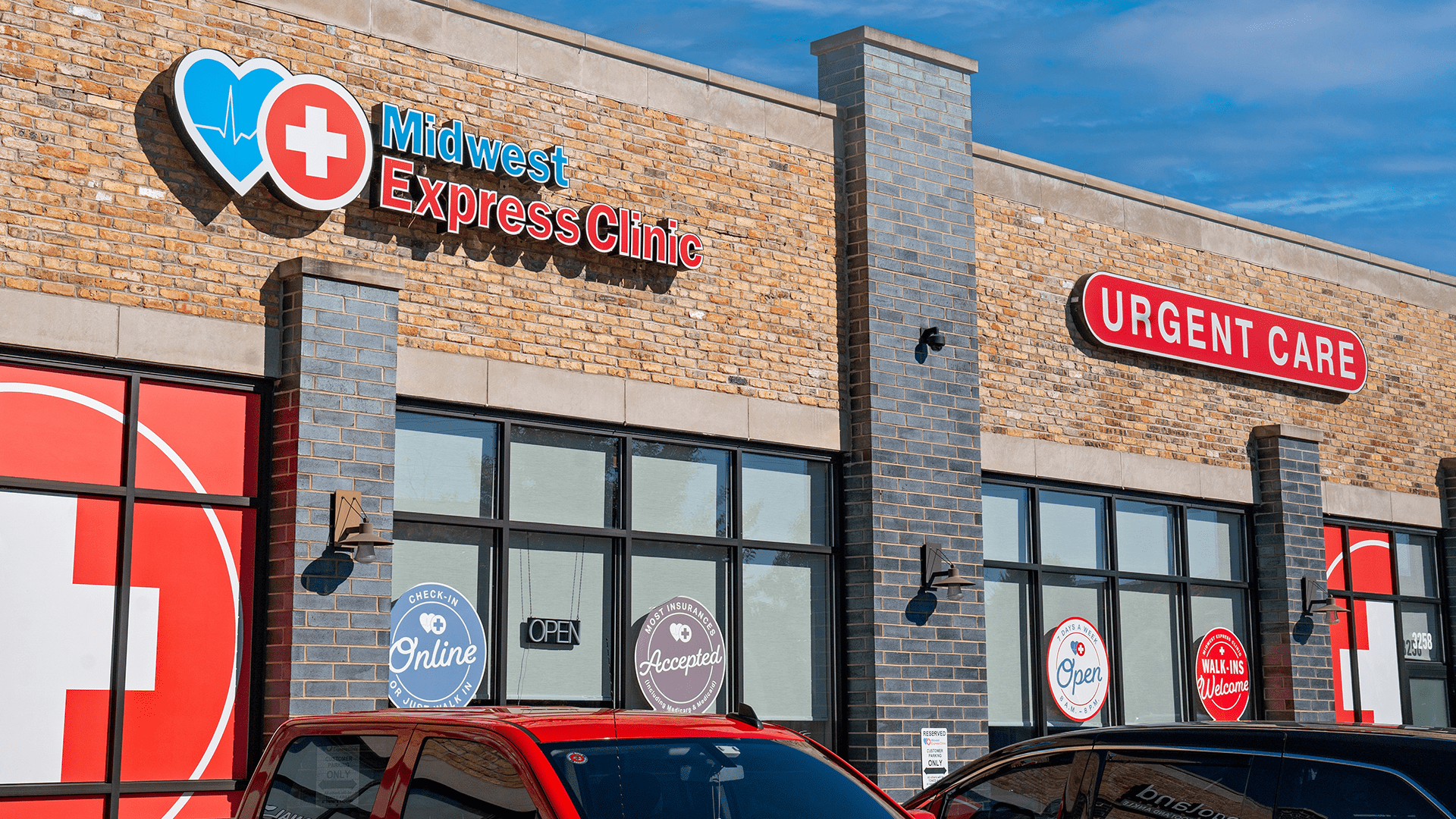The Ultimate Overview to Understanding Urgent Care Clinics
The Ultimate Overview to Understanding Urgent Care Clinics
Blog Article
Comprehending the Function of Urgent Care in Providing Timely Treatment for Non-Life-Threatening Conditions
Immediate care facilities have arised as a vital component of the health care landscape, addressing the prompt demands of patients with non-life-threatening conditions. Understanding the subtleties of immediate care can dramatically affect patient end results and the general effectiveness of healthcare distribution.
What Is Urgent Care?
Immediate care refers to a group of clinical services created to address non-life-threatening conditions that need immediate interest. These centers function as an intermediary between main care medical professionals and emergency spaces, supplying a convenient option for clients that require punctual care without the comprehensive waiting times commonly associated with emergency departments.
Immediate treatment facilities are typically staffed by medical experts, consisting of doctors, registered nurse experts, and physician assistants, who are trained to diagnose and treat a broad range of conditions. Typical services offered by these facilities consist of therapy for small injuries, ailments, and infections, along with analysis examinations such as X-rays and research laboratory job.
In addition, urgent care facilities commonly accept walk-in clients, eliminating the requirement for appointments. Generally, immediate care plays a crucial duty in the healthcare system, making sure patients can access vital clinical services quickly and effectively.

Several individuals may discover themselves unpredictable concerning when to look for care at an immediate care facility instead of a health care medical professional or an emergency clinic. Immediate care is made to deal with non-life-threatening problems that require punctual attention however are not extreme enough to necessitate an emergency clinic go to.
Usually, one ought to take into consideration urgent care for concerns such as minor fractures, strains, cuts calling for stitches, or infections like urinary tract infections. In addition, cold or flu signs and symptoms, breakouts, and allergies can additionally be appropriately handled in this setup.
It is necessary to keep in mind that urgent care is not appropriate for life-threatening emergencies, such as upper body discomfort, difficulty breathing, or serious blood loss, which demand immediate emergency clinic intervention.
People that do not have accessibility to a medical care physician or can not protect a timely visit might additionally profit from urgent care services. Ultimately, comprehending when to use immediate treatment can cause extra reliable medical care delivery, allowing patients to receive the suitable level of care based on their certain health and wellness requirements.
Advantages of Urgent Treatment Centers
Selecting urgent care centers for non-life-threatening conditions provides a number of benefits that boost person experience and ease of access. One key advantage is the lowered wait times compared to conventional emergency situation spaces. Immediate treatment facilities usually operate a first-come, first-served basis, enabling clients to get prompt medical interest without the long hold-ups often connected with hospital setups.
Furthermore, urgent care facilities supply extended hours, consisting of nights and weekends, accommodating people with differing schedules. This adaptability makes sure that individuals can look for treatment when it is most convenient for them, better promoting timely treatment.

Furthermore, these facilities frequently provide an extensive variety of solutions, consisting of diagnostic examinations and small procedures, all under one roof covering. This loan consolidation of solutions not only streamlines the patient experience yet likewise promotes a more cohesive strategy to handling non-life-threatening health and wellness problems, eventually benefiting total client outcomes.
Usual Conditions Dealt With
At immediate care facilities, a variety of non-life-threatening problems can be effectively dealt with, supplying patients with prompt and easily accessible medical help. These facilities are specifically skilled at addressing problems that require timely focus however do not present an immediate danger to life or arm or leg.
Usual conditions treated at immediate treatment facilities consist of small injuries such as fractures, sprains, and strains. Immediate care centers are geared up to do needed analysis examinations, such as X-rays and research laboratory examinations, enabling them to offer detailed care.
Moreover, urgent care service providers can administer vaccinations, helping to prevent the spread of transmittable diseases - Urgent Care. They additionally offer services for small procedures, such as suturing wounds or draining abscesses. By offering these varied solutions, immediate care facilities play an important function in connecting the space between medical care and emergency situation solutions, making certain individuals receive timely therapy for a variety of problems without the requirement for long wait times normally linked with emergency clinic
Just How Urgent Treatment Supports Healthcare System
Urgent treatment facilities play a critical role in sustaining the overall healthcare system by easing the concern on emergency situation divisions and offering timely access to treatment for non-life-threatening problems. By dealing with situations such as minor injuries, infections, and ailments, urgent care centers allow emergency divisions to focus on more essential patients needing prompt attention.
Additionally, immediate care centers improve medical care accessibility, using extensive hours and use this link a more convenient option to typical medical care settings. This availability is specifically advantageous for individuals that might not have a regular doctor or that call for prompt treatment outside of common office hours. Because of this, immediate treatment facilities effectively reduce enhance and wait times person satisfaction.
Furthermore, urgent care facilities add to cost savings for both clients and the medical care system by providing lower-cost services contrasted to emergency situation divisions. This economic performance is essential in a period of climbing medical care expenses, enabling clients to get required care without incurring expensive expenses.
Conclusion
Finally, immediate treatment facilities play a crucial function in the health check that care system by providing prompt treatment for non-life-threatening problems. By linking the space between health care and emergency clinic, these facilities ensure that patients obtain prompt medical interest without the prolonged wait times usually related to emergency departments. The access and effectiveness of urgent treatment centers add dramatically to easing the overall worry on health care resources, boosting client end results, and advertising a more reliable healthcare distribution system.
Urgent treatment centers have actually emerged as an essential element of the medical care landscape, attending to the immediate requirements of patients with non-life-threatening problems. Urgent care visits normally incur lower out-of-pocket expenditures compared to emergency situation division check outs, making treatment much more budget-friendly for patients without jeopardizing top quality. Urgent care facilities are Click This Link equipped to carry out essential diagnostic tests, such as X-rays and research laboratory tests, allowing them to provide detailed treatment.
By providing these varied services, urgent treatment facilities play an important function in linking the gap between main treatment and emergency services, making certain patients receive timely therapy for a vast range of conditions without the requirement for long delay times commonly associated with emergency spaces.
Additionally, immediate treatment facilities boost healthcare ease of access, using extensive hours and a more practical option to typical main care setups.
Report this page